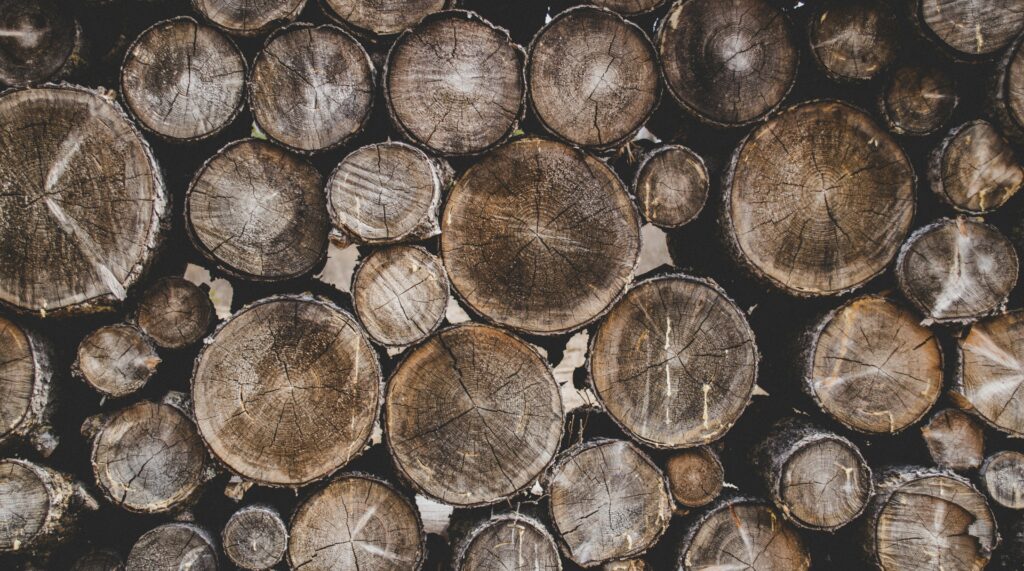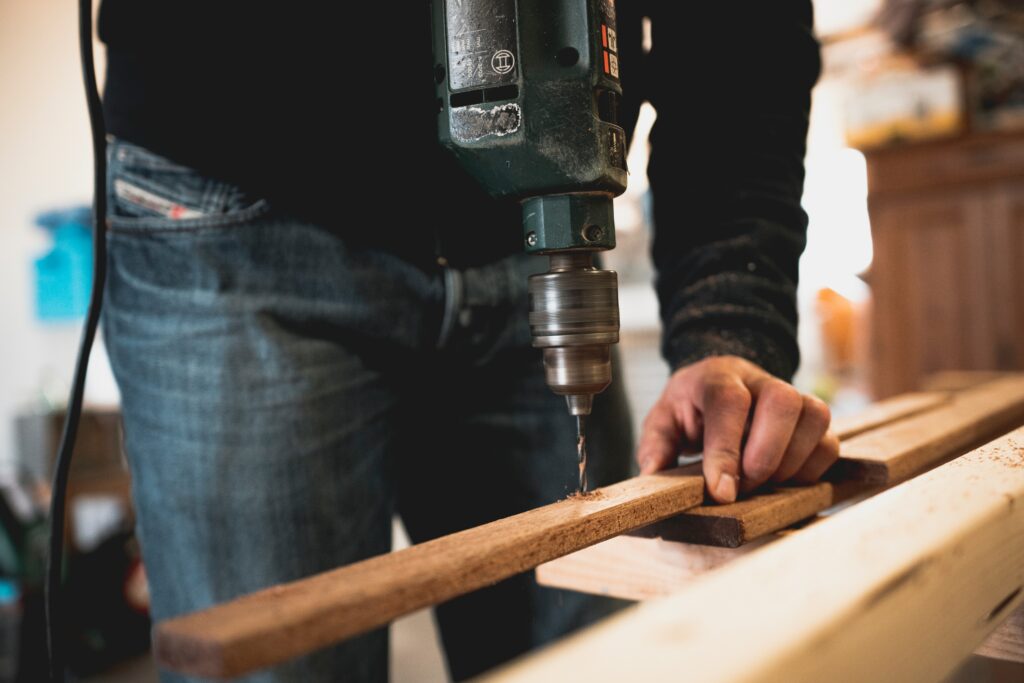Twelve Tips to Select The Best Wood for Furniture



Either residential or commercial, furniture constitutes the most significant aspect of every space. Being daily associated with the human body, the best wood for furniture certainly needs to be a mold-resistant and guarded against fungal attack. However, being an organic commodity, it is arguably prone to decay and damage. Over the years, amongst other materials in the market, Wood has successfully proved to be the best available option for drilling, sawing and sanding a piece of furniture.
The raw wood is critically processed by undergoing intensive treatment before it is suitable to be utilized. In this procedure, the moisture and other bickering factors are technically released to prepare a robust seasoned wood. The seasoned wood, available for further developments, is an ultimate timber for ideating our artistic furnishing designs.
While we discuss the making of furniture, today all sorts of wood are used to construct them. Amongst the multitude of varieties, the quality and the market value of wood are significant factors to select the perfect alternative. Apart from these two mains, there is a qualitative list of pros and cons to be considered before you initiate the interior decoration of your house or office.
The following are a few tips to consider the best wood for your furniture.
Hardwood or Softwood :



By the title they have been invested, hardwood and softwood aren’t distinguished by the degree of hardness or its tangible. Differentiated by the density and anatomical complex structure, Hardwood is obtained from flowering trees while softwood belongs to conifers. Hardwood is denser than softwood. Not all hardwood is used for furniture while all the softwood is employed to prepare furniture ranging from the larger-utility ones to the decorative items.
Oak, Maple, Teak, Mahogany, Beech, Alder, Rosewood, Mulberry, Walnut, Merbau are hardwoods while Cedar, Pine, Redwood, Deodar are softwoods. Nonetheless, selecting hardwood or softwood depends on the kind of furniture you plan to construct.
Solid wood
When sorting the timber, see that it is a plank of authentic solid wood. Hardwood and Softwood both are solid woods. However, there could be a chance where a decayed wood might have been filled and supplied. The solid woods are effectively workable i.e a carpenter can easily nail, screw, hammer, glue or craft without being affected by grains. Irregular grains like spiraled or interlocked should not be considered to construct furniture.
To identify a solid wood, check the following,
- Straight, aligned, non-twisted, and firm fibers
- The direction of the rings should match at the edge
- Sand the wood if you are unable to decide; sanding will reveal the fillers or stuffed wooden chips
Fire resistant



Owing to the domestic and residential reasons, the timber you choose should be exclusively resistant to fire. The denser woods possess a higher capability to resist the fire due to their natural insulation. Hardwoods are therefore preferred to prepare kitchen and washroom cabinets, and flooring. At the same time, Softwood is poorly resistant to fire.
Strength
The strength of wood depends on how much pressure it can withhold from all the directions. On the same grounds, the wood should also have the capability to retain its shape after a rigorous treatment or any production procedures. The grains in the wood follow a uniform direction. Thus, during the carpentry work, the misaligned hammering and the other load, should not result in the breakage or ugly cracks. Walnut, Teak, Merbau are strong wood, frequently used in Indian lounge furniture.
Water permeability



Being an organic substance, over time, water permeates through the pores of the wood. The moisture hurts the longevity of the wood by the process of decay. The chosen timber should be non-permeable to a larger extent.
Termite resistant
The best wood for furniture has necessarily to be resistant to termites. High-quality hardwood and softwood are naturally termite resistant. However, owing to the budget restraints, see to it that wood is polished, lacquered or coated to keep the termite attack at bay.
Decay



The decay of timber generally sets due to moisture, infestation and physical damage. The denser wood with a close knot of grains is resistant to multiple decays. Hardwood is lesser prone to decay than softwoods. Teak, being highly resistant, is, generally, used to make outdoor pieces of furniture.
Porous or non-porous
With the presence of tracheid and vessels, the timber is considered as porous or nonporous. The softwood comparatively has lesser or no vessels. This property helps the wood to quickly absorb the glue used for sticking the parts or laminates on the surface. Therefore, it helps in developing a finer product.
Appearance and Colours



The charm of the space is the default factor when you select the bright appearing and right colored timber. Moreover, the timber should be well sanded, unstained by fungus or termites, correctly-sized, and not be discolored and deformed.
Timber with a darker shade over a lighter is recommended, as latter ones are weaker. Walnut Mahogany and teak are darker and can cover a larger range of exquisite furniture. Satinwood delivers a vintage look while Rosewood or Shisham is simply impressive.
Toughness



The toughness of the best wood for furniture should be able to take shocks, frequent hammering, vibrations and considerably unbreakable. Moreover, it should not tear up on gradual bending while you prepare, fix or adjust the parts of furniture.
Weight
Hardwood is heavier than softwood and thus they are picked up easily for structural and large-sized furniture. Oak, Teak, etc. are preferred over Deodar to prepare tables, cabinets, wardrobe, beds, and chairs.
Durability



Defined by time, the timber is durable when it remains unaltered from the decay by numerous causes. Seasoned and treated wood being resistant to termites and fungus, the chemical preservatives safeguard the internals of wood throughout the time. Mahogany and teak are naturally termite resistant and therefore few of the expensive woods in the market. The durable and reliable timber is unaffected by marine organisms, beetle, fungus, termite and unexpected shocks.
